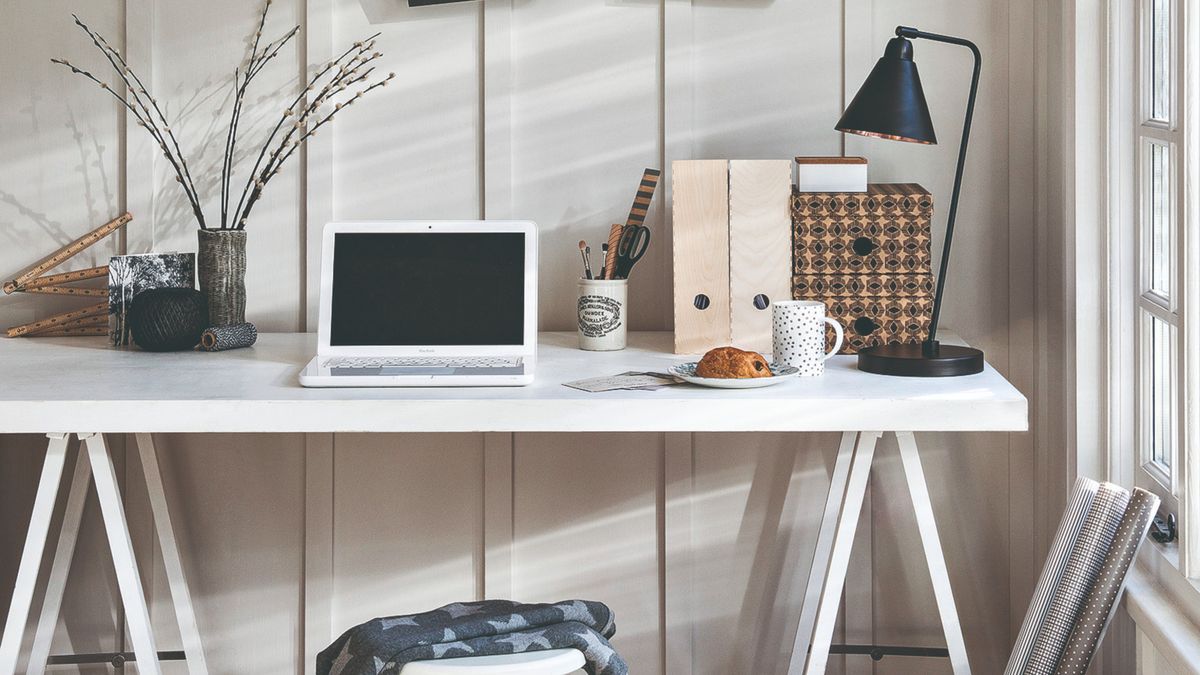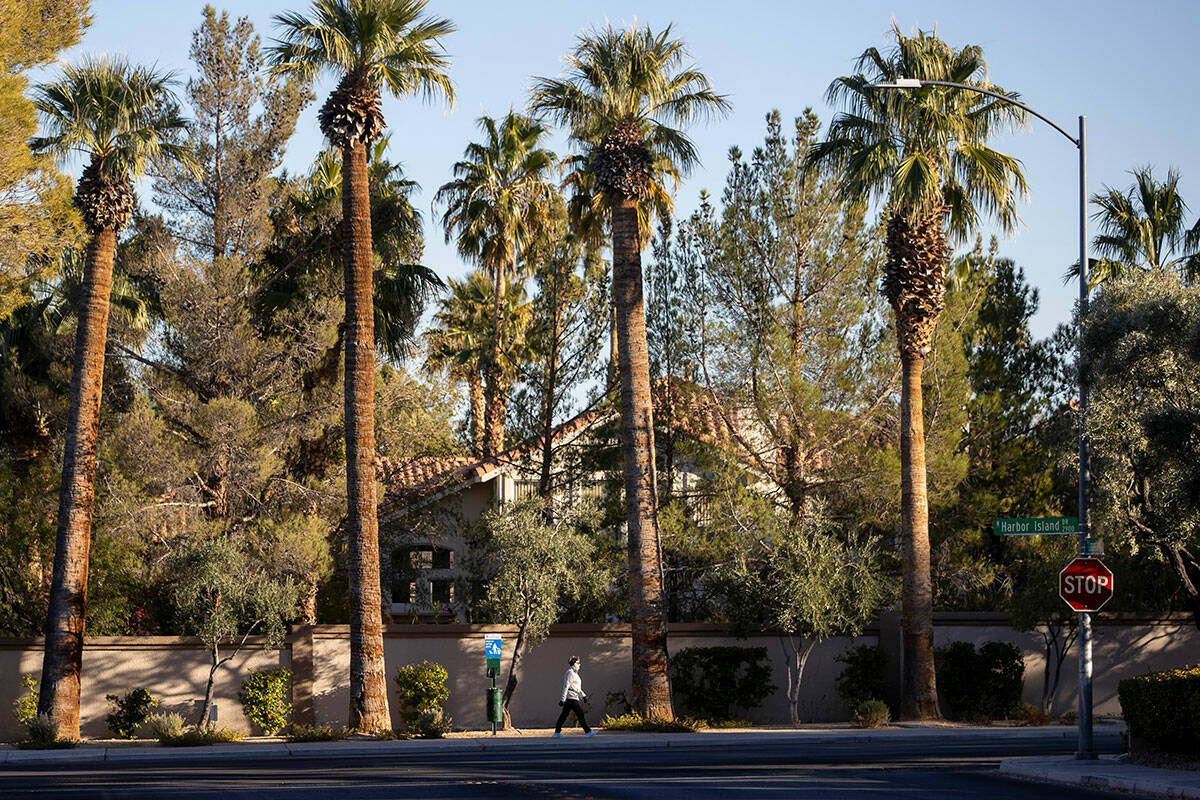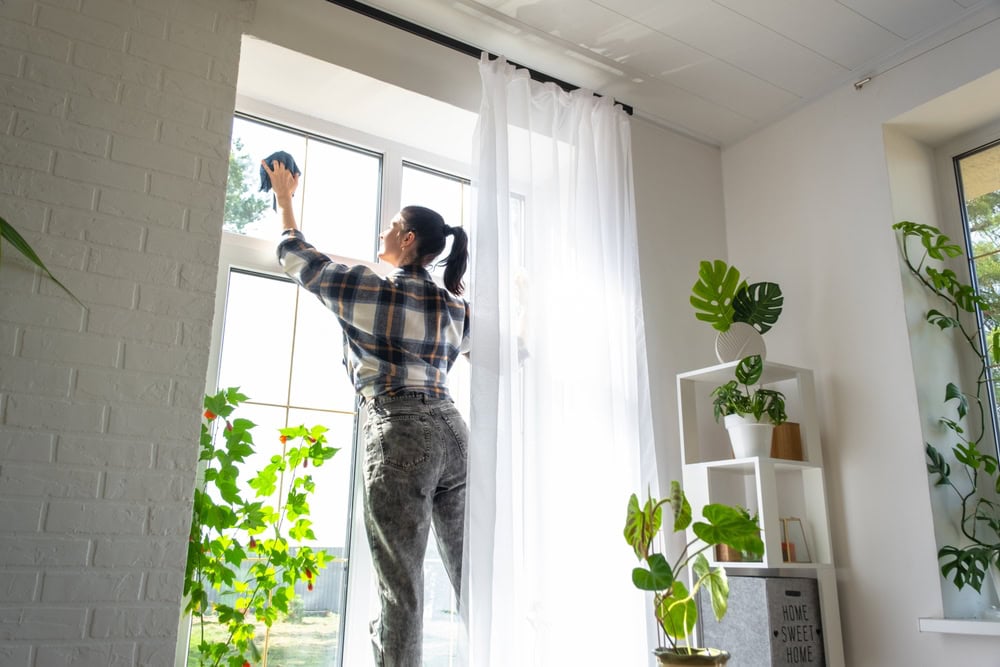7 Landscape Design Tips for Beginners
:strip_icc()/backyard-deck-orange-umbrellas-ecfa5611-6d83853c8fa849caa45f8477bb17ae3d.jpg)
If you’ve never tried your hand at landscape design, you might find all the choices you can make a bit overwhelming. Which plants do you want to include, and where should they go? Should bed lines and paths curve or run in a straight line? What about accessories such as stylish benches, eye-catching planters, and birdbaths to attract colorful wildlife? It can help to think of a space in your yard as you would a room inside your home because many of the same principles that guide your room setup inside can guide your designs outside.
Here are 7 tips that will help get your new landscaping project off to a super start.
1. Determine Landscape Design Needs and Wants
Make a list of needs and wants. Do your kids need a play space? Do you want to grow vegetables? Would your family enjoy gathering on a patio around a fire pit table? Doing some rough sketches of the yard with thoughts of where you want to place things is a great organizing principle for landscape design for beginners. The sketches don’t need to be master plans—they can be ideas—according to Marianne Lipanovich, author of the Big Book of Garden Designs. Her sketch for her front yard landscape design overhaul was just a few lines and a couple of circles. You can easily play around with ideas without much time and commitment.
2. Think About Location
Study the sun and wind patterns. You might want to place a patio on the west side of the house, but it will get lots of afternoon sun, which means dinnertime in August could be unpleasantly hot, and the wind whistling around a corner will quickly extinguish a fire pit. Those are common mistakes in backyard landscape design for beginners. Your landscape design should consider what the sun and wind do at different times of the day and year before setting out patio furniture. It’s also a good idea to find your plant hardiness zone and do a soil test before planting.
3. Spend Time in Your Landscape
Coming to quick conclusions about your yard can lead to landscape design choices that don’t work long-term. Live with your yard for a while before making any changes. After spending more time outdoors, you’ll start to see areas where you want to sit that you wouldn’t have thought of at first, Lipanovich says. Select patio furniture and accessories that are flexible and could work in several areas of your yard.
4. Start Small
Sure, complete outdoor makeovers can happen in just three days on your favorite home and garden show, but they have a huge crew to handle the heavy lifting, which is not a situation enjoyed by most beginner home gardeners. Part of creating a landscape you’ll love is slowly developing a plan and enjoying the process. From your master plan, start with a small flower bed. Go out and work on it for an hour or two when you have the time, and worry less about filling everything up right away. Lipanovich notes that when you take your time with your DIY landscape design, you’re less likely to get sloppy or resort to shortcuts you’ll regret later.
5. Find a Focal Point
Any good garden design has a focal point or series of focal points, which is an easy principle to implement. It may be a sculpture, a stunning tree, or a series of shrubs. Use your imagination to incorporate salvaged landscape elements for a casual look, or keep things clean and simple to add contemporary lines. If your yard is flat and square, stick with traditional ideas, but if you have more of a free-flowing look, you can add unique touches like a fairy garden, a small DIY pond, a gazebo, or an island flower bed. Let the design draw your eyes around the landscape, says Lipanovich.
6. Focus on Scale and Pacing
Scale and pacing are the trickiest principles in landscape design for beginners, but they give your yard a pulled-together look. There will be variations in size, shape, and color, with tall plants against a building or in the back of a flowerbed and paths leading people through the space. Find a good balance between repetition and new elements. Repetition gives a sense of cohesion, but you also don’t want it to be monotonous. An occasional new element is better than having all different elements throughout.
7. Be Open to Change
Unless you’re strongly devoted to something, be honest about what’s working for you and what’s not in your design. Even Lipanovich discovered elements she once liked that no longer reflected her style. It’s OK to experiment and edit as you go.
Patience is key to landscape design for beginners. If all that bare space is too much to look at, and the kids and dogs are tracking in mud, rely on temporary solutions, such as plunking down some annuals, mulch, and fast-growing groundcovers to cover an area while you’re figuring out what you want. Use annuals and small perennials around larger plants that need time to grow and fill in. You can always dig them up and move them elsewhere if you realize they’re in the wrong spot later.
link





:max_bytes(150000):strip_icc()/sl-big-spring-sale-interior-designer-deals-tout-edc07500c6314800b10665c6f891782b.jpg)

